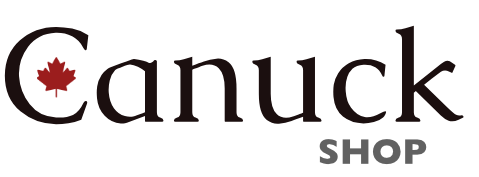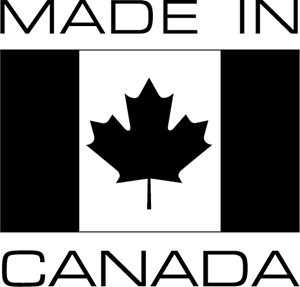🇨🇦 Canuck Shop: Your Guide to Authentic Canadian Products
At Canuck Shop, we’re proud to celebrate true Canadian craftsmanship. But not all products labeled “Canadian” are the same. To help you make informed choices, we’ve categorized products based on their Canadian content and production standards. When shopping for products, not all “Canadian” products are equally “Canadian”.
We classify each brand by where it was founded, who owns the company and where they manufacture their products. Though even the latter can be quite complex.
Our Canadian Product Classifications
1. 100% Canadian (The Real Deal!)
- What It Means:
- 100% Canadian ingredients/materials
- 100% Canadian labour & production
- No imported components—just pure, homegrown quality!
- Why It Matters:
- Supports Canadian farmers, makers, and workers at every step.
- Minimal environmental impact from shipping.
- Example:
- Handcrafted maple syrup from Quebec, bottled in a Canadian facility with Canadian-made glass.
- Wool toques knitted in Winnipeg using Canadian wool.
- Look For:
- “100% Canadian”
2. Product of Canada (Almost Entirely Homegrown)
- What It Means:
- At least 98% Canadian ingredients/materials
- Final processing, packaging, or transformative step happens in Canada.
- Why It Matters:
- Nearly fully Canadian, with trace exceptions (e.g., spices, specialty additives).
- Still contributes significantly to local economies.
- Example:
- Wild salmon fillets caught in BC, flash-frozen on Canadian boats, with ≤2% imported glaze.
- Artisanal jams made with Canadian fruit and a pinch of imported vanilla.
- Look For:
- “Product of Canada”
3. Made in Canada (Majority Canadian Content)
- What It Means:
- At least 51% Canadian ingredients/materials
- Final manufacturing or assembly occurs in Canada.
- Why It Matters:
- Balances affordability with Canadian job support.
- Great for products needing global inputs (e.g., electronics, specialty foods).
- Example:
- Outdoor gear sewn in Ontario using Canadian fabrics and imported zippers.
- Coffee roasted in Vancouver with 60% Canadian-grown beans.
- Look For:
- “Made in Canada with Canadian & Global Ingredients.”
4. Made in Canada Using Imported Ingredients (Canadian Finished, Globally Sourced)
- What It Means:
- Final production step in Canada (assembly, baking, packaging, etc.).
- No minimum Canadian content—materials may be fully imported.
- Why It Matters:
- Supports Canadian manufacturing jobs even when sourcing globally.
- Often more affordable while still contributing to local employment.
- Example:
- Chocolate bars molded in Quebec from imported cocoa.
- Ceramic mugs hand-painted in Nova Scotia using imported clay.
- Look For:
- “Made in Canada with Imported Ingredients/Materials.”
💡 Why This Matters
- Trust: No vague claims—just transparent sourcing.
- Community: Buying Canadian keeps jobs and skills at home.
- Sustainability: Less shipping = smaller carbon footprint.

